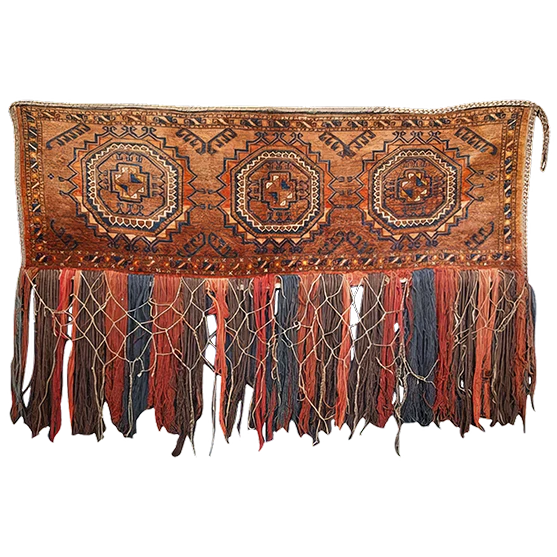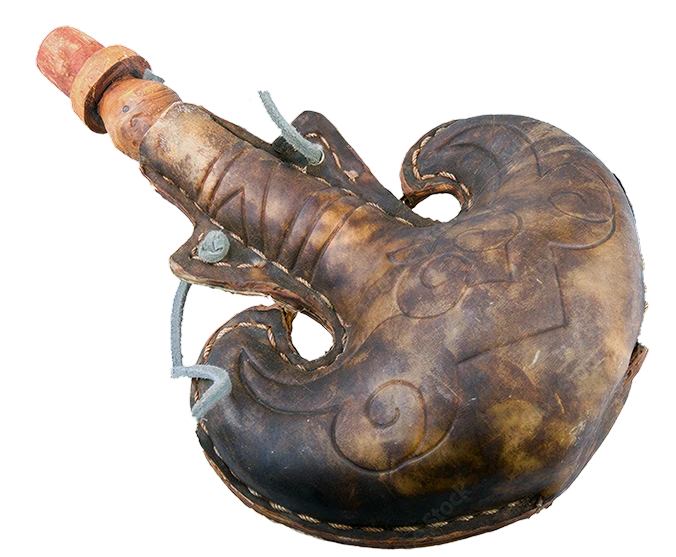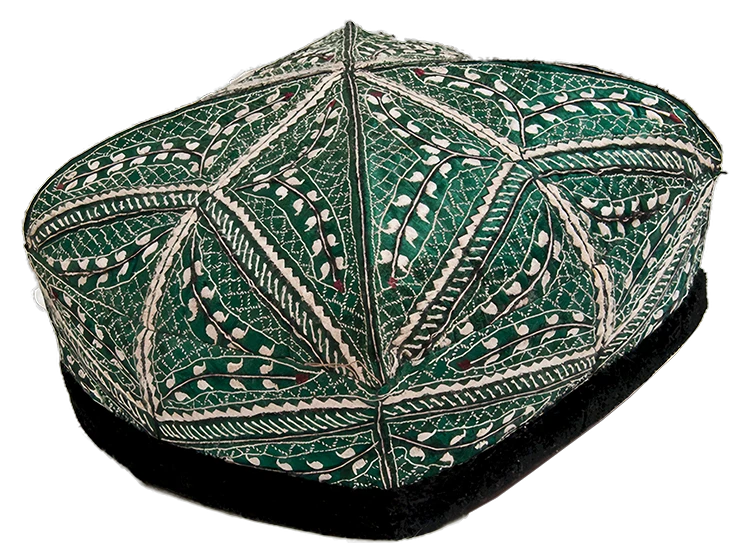History of the Kyrgyz saddle

Kyrgyzstan prides itself on having preserved not only its authentic breed of horses. There are also craftsmen who know the secret of how to make an authentic Kyrgyz saddle.
Aibek Asanbaev
In Kyrgyzstan they say: "You may not have a horse, but you must have a saddle!"
The domestication of the wild horse is a merit of the nomads. It really changed man's life, giving him the opportunity to travel faster and over longer distances, and thus to discover and conquer new lands. At the same time, such an extreme type of horsemanship as horsemanship appeared. Today the gymnastic and dangerous acrobatics of galloping are perceived as a spectacle, but in the old days the life of the horseman depended on the ability to stay freely and confidently in the saddle. Nomads were experienced warriors who had no equal. Dodging arrows in the saddle and fighting the enemy at a gallop - that was the original purpose of the art of horsemanship. And here the warrior's life depended not only on a fast horse, but also on the saddle. It is like an adapter that connects the two: man and horse. And it is important that the saddle was comfortable for both and did not interfere with this tandem.
In Kyrgyzstan, good saddles have always been very expensive. They are still a costly heirloom object. The craftsmen who make them are never idle. After all, the nomadic way of life is still a reality in Kyrgyzstan. Livestock farming is developed in the republic. Together with their herds and families, nomads move in spring to the zhailoo, summer pastures in the foothills and mountains of the republic, and near autumn they return for the winter. If a new saddle is needed, knowledgeable horsemen come to the Issyk-Kul region, where renowned masters live.
Since ancient times, the Kyrgyz have handed down saddles from father to son by inheritance. And this is still the case. A father's saddle is never sold. Some families have saddles that are 150-200 years old. They are usually given as a gift to honourable people. The saddle is more expensive than the horse itself.
Another attribute that no nomad can do without is the kamchi. It is a whip sewn and woven from leather. The simplest ones have a wooden handle, but in the more expensive kamchi, which are often given as a gift, the handle is a deer's leg. Such a whip is both expensive and spectacular.











